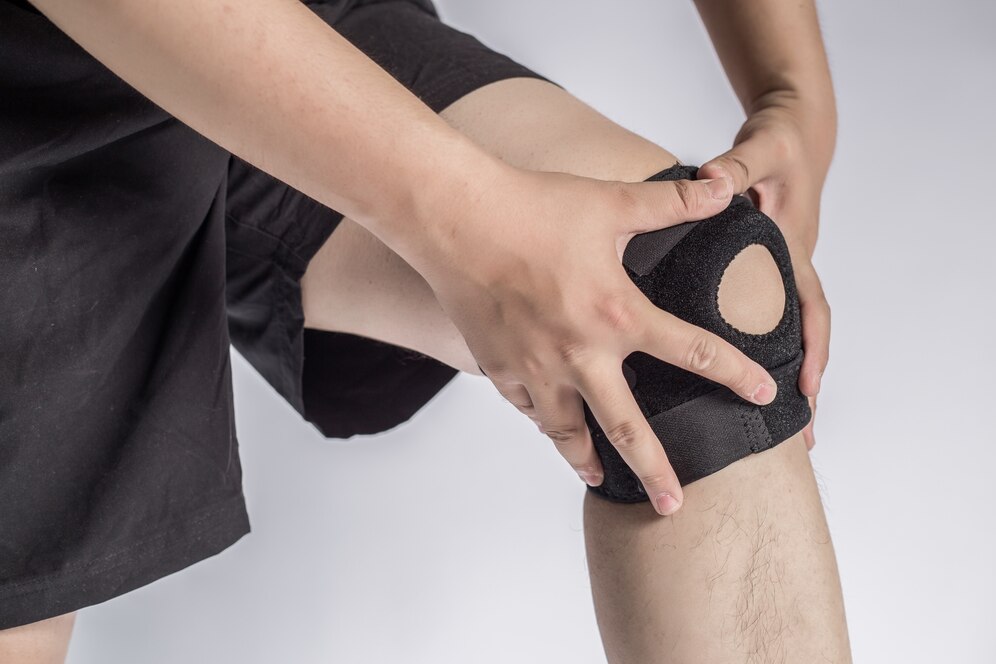
Anterior Cruciate Ligament (ACL)
- 05 June, 2023

Knee arthroscopy is a minimally invasive surgical procedure that allows a surgeon to view the inside of the knee joint. The surgeon makes a small incision or several small incisions, depending on the need, and inserts a camera the size of a pen through a 0.5-centimeter incision to view the joint from the inside. It was used in the 1970s for diagnostic purposes and is now used for both diagnosis and treatment thanks to advanced technologies and specialized tools. It is widely used in the treatment of knee, shoulder, ankle, wrist, elbow, and hip diseases.
The surgeon then injects a saline solution into the knee to relax the muscles, which allows for better visualization. Through the small camera, the surgeon can accurately diagnose the problem. In the end, the surgeon drains the saline solution completely from the knee and then closes the incision and stitches it.
The procedure takes between 20 minutes and two hours. In some cases, open surgery and arthroscopic surgery can be performed at the same time.
In the case of acute hip arthritis, there is cartilage loss in the surface of the socket in the pelvic bone. This leads to severe pain that hinders the ability to walk, and therefore the patient cannot practice their normal life.


The most common application of arthroscopy is to treat a torn meniscus. Your joint is cushioned by the meniscus (a C-shaped piece of cartilage) that sits between the thigh bone and shinbone. The meniscus can tear due to injury or arthritis.
This results in discomfort in the knee, swelling, and inflammation. The damaged or diseased part of the meniscus is removed during knee arthroscopy.
Walking after surgery depends on the patient's condition and the complexity of the surgical procedure that was performed. Therefore, only the surgeon can accurately determine when the patient can walk normally. It is agreed that the patient will use crutches after surgery, a walker, or any other assistive device recommended by the doctor to help with movement.
Therapeutic exercises play an important role in how well you recover. It is important to start exercising your knee immediately after surgery to regain full strength and range of motion.
You should exercise your knee regularly for several weeks after surgery. This will restore motion and strengthen the muscles in your leg and knee. Initial exercises should be weightless and should focus on gentle strengthening of the muscles around the knee as well as increasing joint motion.
However, you should discuss starting any exercise with your doctor before beginning it.